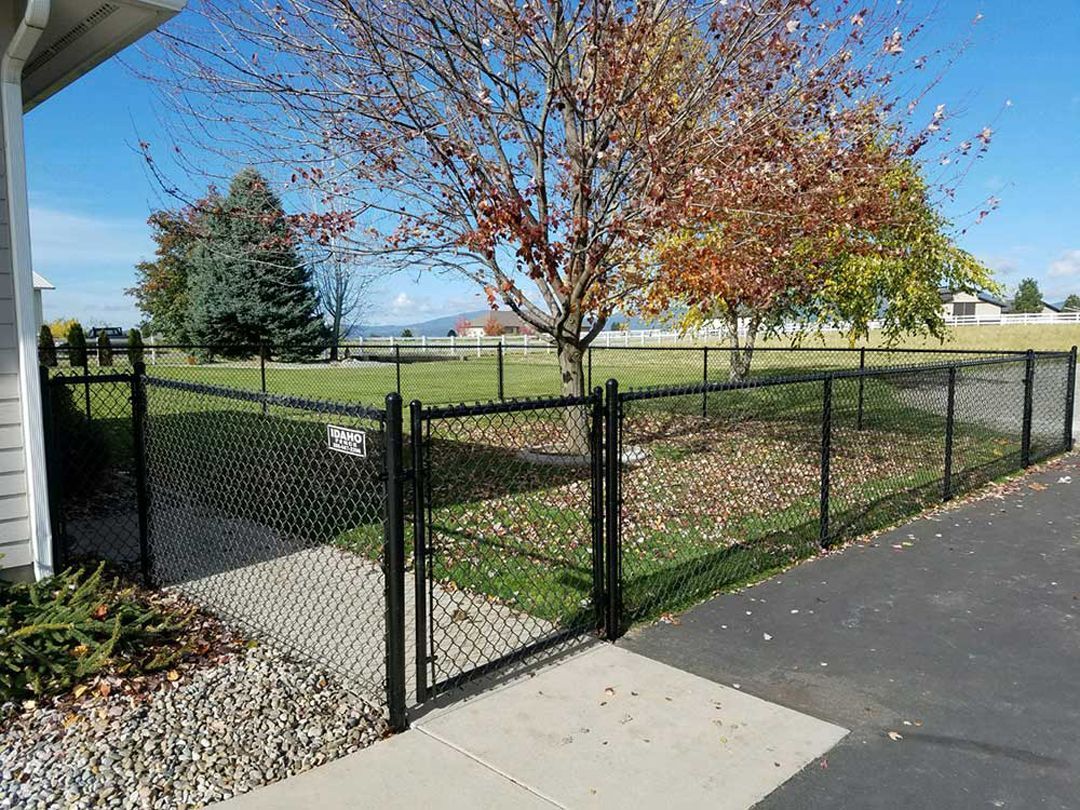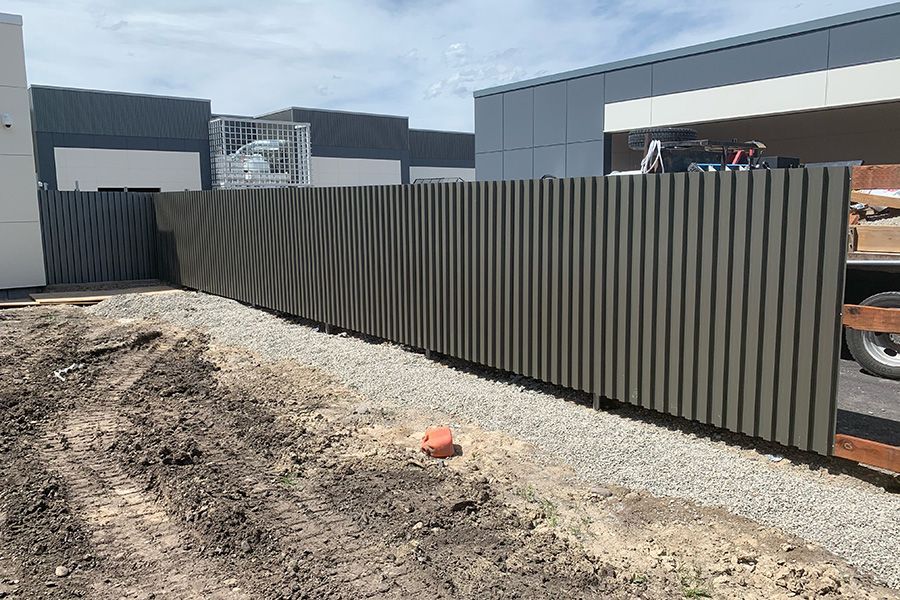Fence Height Basics You Should Be Aware Of
Choosing the right fence height is key to achieving the perfect balance of privacy, security, and aesthetics. However, there’s no one-size-fits-all solution—fence heights differ widely depending on their intended use and location. Understanding your needs is crucial for making the best decision.
When selecting a fence height, consider the primary use of your fence as well as any local zoning laws that may affect your choice. Here are some common height standards you should keep in mind:
- Front Yard Fences: Typically 3 to 4 feet high, designed to create a boundary without obstructing visibility or creating an imposing barrier.
- Backyard Fences: Range from 6 to 8 feet for optimal privacy and security, offering both protection and separation.
- Pool Fences: Most safety regulations mandate a minimum height of 4 feet to comply with laws and prevent accidents.
Before committing to a specific height, be sure to consider the intended function behind your fence installation. You’ll also want to verify the height limits and regulations in your area to avoid future issues.
Privacy Considerations by Property Type
The level of privacy you desire plays a large role in choosing the right fence height. Here's how various property types influence your decision:
- Urban Homes: In crowded neighborhoods, a fence height of 6 to 8 feet can provide seclusion while also reducing noise from city sounds.
- Suburban Properties: A 4 to 6-foot fence often strikes the right balance, offering sufficient privacy without making the yard feel closed off or boxed in.
- Rural Areas: In more spacious settings, fences between 3 to 5 feet are typically enough to establish boundaries without hindering the sense of openness that rural properties offer.
Think about how close your neighbors are, whether you’re in a noisy area, and the privacy needs you wish to shield from view. This will help you determine the ideal height for your fence.
How to Balance Security and Aesthetics in Your Fence Height
The right fence height strikes a delicate balance between aesthetics and functionality. A taller fence can improve security, but aesthetics shouldn’t be sacrificed. Here's how to balance both:
- For Security: If security is a top priority, a fence of at least 6 feet tall can keep out intruders. Materials such as wood, vinyl, or ornamental iron offer both strength and style.
- For Aesthetics: A decorative fence, such as a picket or lattice design, is ideal for smaller heights (3 to 4 feet), adding charm and visual appeal to your yard without cutting off views.
- Combining Both: Consider using a tiered approach, with a taller fence for privacy in the back and a shorter, visually appealing fence for curb appeal in the front yard.
Think about how the height will work with your home’s design and the surrounding landscape, while still meeting your security needs.
Important Rules and Regulations for Fence Heights
Before proceeding with your fence installation, it’s essential to review local zoning laws and homeowners’ association (HOA) rules. Some key regulations to be aware of include:
- Maximum Heights: Many municipalities restrict fence heights at 6 feet for backyards and 4 feet for front yards. Confirm these limits to ensure you stay within the allowed range.
- Setback Requirements: Certain areas may require fences to be set a specific distance from property lines. Be sure to confirm these rules to avoid encroaching on public or neighboring property.
- Permits: Depending on the type of fence (tall, specialized, or unique materials), you may need a permit to comply with building codes.
Ignoring or overlooking local regulations could lead to fines, costly penalties, or even the removal of your fence, so it's always a good idea to check the local requirements before moving forward.

